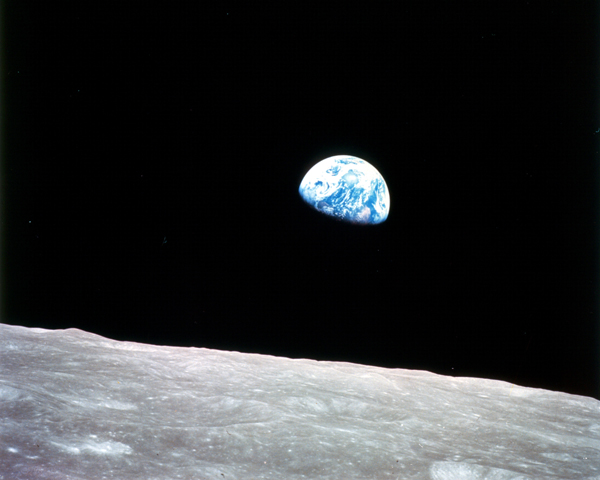What Are Lagrangian Points?

The idea of balanced forces is a central concept of physics, and we see it everywhere, from tug-of-war battles to card houses to football games. Until forces become unbalanced, the flag at the rope’s midpoint will not move, the cards will hold one another up and the two blocking football players will remain upright, each side’s efforts cancelling the other’s.
Gravity can be balanced as well, creating zones in space, called Lagrangian points, where a small object can sit indefinitely. Unlike the teams in tug-of-war, however, the two sides of the gravitational contest can stack up as unevenly as David and Goliath.
Consider the Earth and the moon. A small object like a satellite placed between them would feel gravity tugging from both sides. According to Newton’s Law of Universal Gravitation, that pull would be proportional to each object’s mass, so you wouldn’t think the gravity of the moon — which packs a measly 1.2 percent of the Earth’s mass — could ever balance the scales.
But there’s a catch. Newton’s law also says that gravity’s strength declines rapidly with distance. In fact, it decreases by a power of two: twice as far away, and it becomes four times as weak; three times as far, and it drops to one-ninth its power, and so on. [What If There Were No Gravity?]
Picture gravity as waves moving outward from objects in space. Massive objects make big waves, like ripples from a large stone cast into a pond, while less massive ones make smaller waves, like a pebble. In both cases, the waves grow weaker as they emanate outward. Lunar gravitational ripples begin shallower than terrestrial ones, but a point should exist, near the moon, where the moon’s initial waves and the Earth’s diminished waves have the same magnitude, cancelling each other out. That’s exactly what happens, all over the solar system.
As calculated by French mathematician and astronomer Joseph-Louis Lagrange in 1772, any system in which one massive body orbits another contains five such points, termed L1, L2, L3, L4, and L5. [What If the Moon Had Never Formed?]
Let’s look at the five points with respect to the Earth-sun system.
Sign up for the Live Science daily newsletter now
Get the world’s most fascinating discoveries delivered straight to your inbox.
Three Lagrangian points lie along an imaginary line passing through the center of mass of both the Earth and the sun. L1 and L2 lie on either side of the Earth, with L1 930,000 miles (1.5 million km) closer to the sun and L2 the same distance further away. L3 also occupies this line, but on the opposite side of the sun — mirroring Earth’s orbit, but closer in.
L1 arises solely from mutually cancelling gravitational forces. In L2 - L5, however, the gravity of the sun and Earth combine to counterbalance a third force known as the centrifugal effect. The centrifugal (“center-fleeing”) effect refers to a rotating object’s tendency, due to inertia, to want to “flee” its “center” of rotation.
L4 and L5 are the only stable Lagrange points; if you put small objects there, they will tend to stay. To find L4 and L5, return to the imaginary Earth-sun line and draw a 60 degree angle from it, on either side, with the sun as its vertex. Where these two new lines intersect the Earth’s orbit, ahead and behind Earth, you’ll find L4 (ahead of the orbiting object) and L5 (behind).
Astronomers confirmed Lagrange’s predicted points in 1906, when they discovered asteroids hanging around in Jupiter’s L4 and L5 regions. They called the asteroids Trojans, after the Trojan War, and named the L4 objects after Greek warriors; the L5 bodies after Trojans. As of 2011, 4,933 Jupiter Trojan asteroids have been discovered. The Trojan zones of planets besides Jupiter are favorite places for astronomers to look for new objects, which tend to get caught up in the null zones like leaves in a stream’s eddy
Lagrangian points make great parking spaces for spacecraft. The Earth-sun L1 provides a choice spot for sun observations because Earth can never get in the way, and its L2 allows craft to use the Earth as a partial solar shield. If we ever build long-term space habitats, we’ll probably construct them in Lagrangian points.
Follow Life's Little Mysteries on Twitter @llmysteries, then join us on Facebook.









